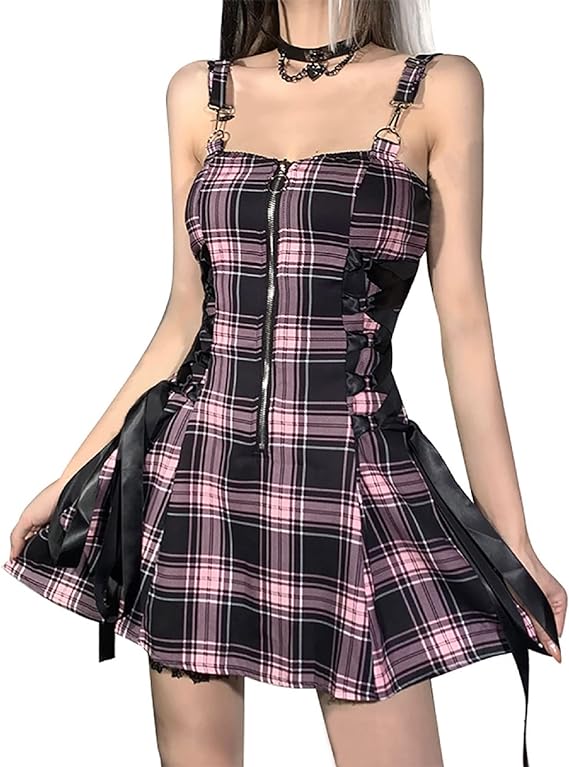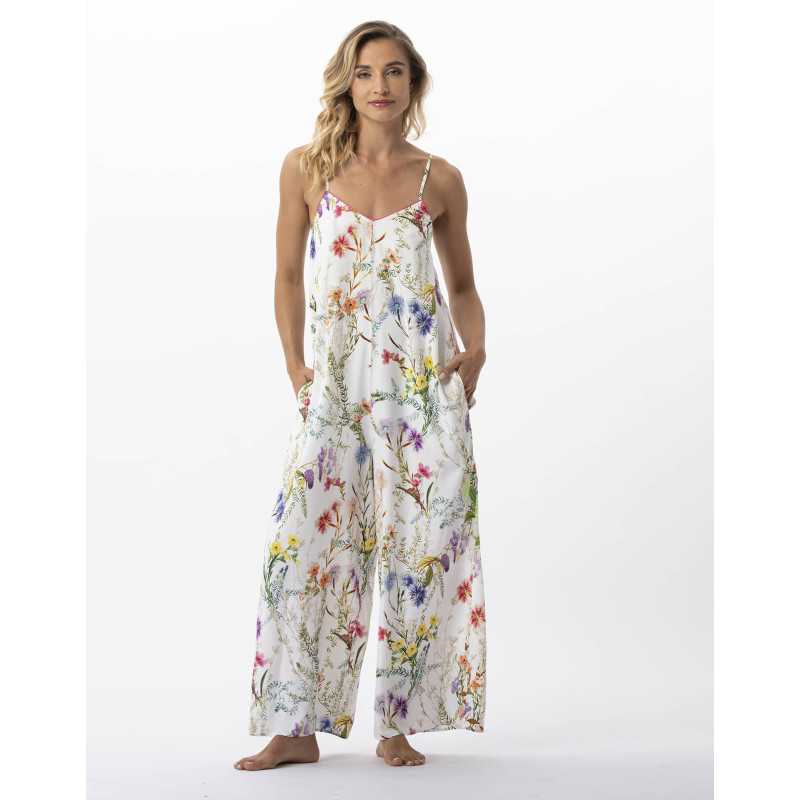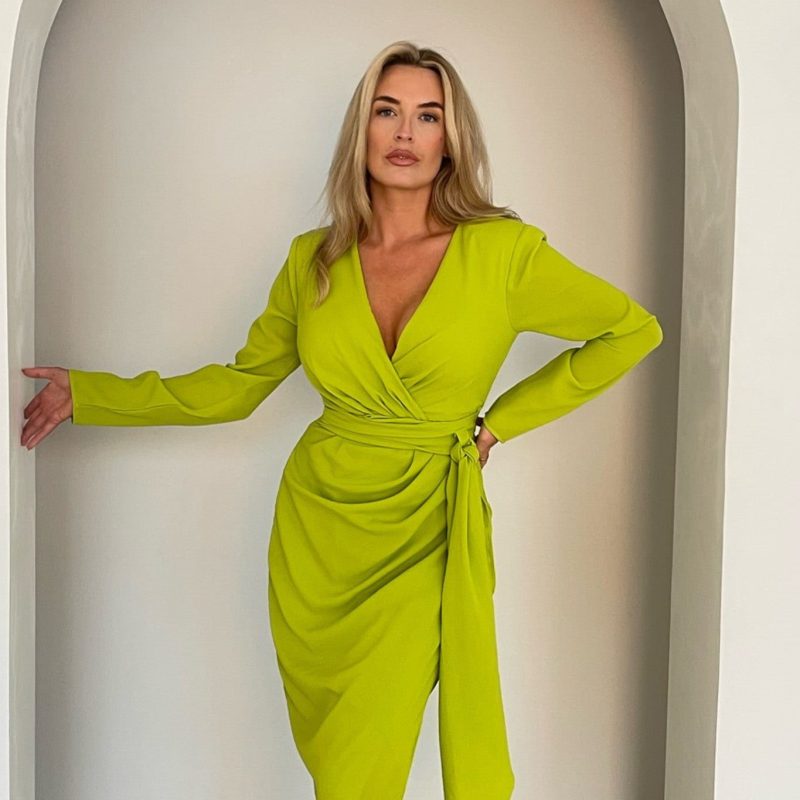Pastel goth clothing combines the softness and sweetness of pastel colors with the dark and macabre aesthetics of goth fashion. In this article, we will explore the captivating world of pastel goth clothing, discussing its origins, defining characteristics, influences, popular styles, the significance of pastel goth fashion as a form of self-expression. Tips for incorporating pastel goth elements into everyday attire, and the future of this unique fashion movement.
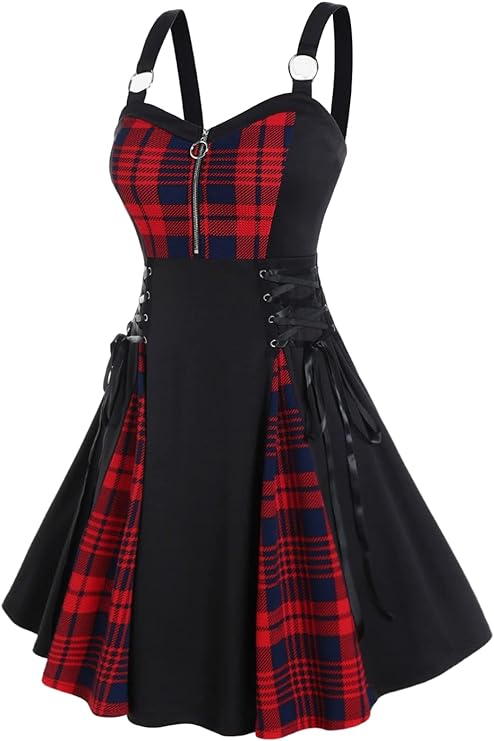
I. Origins and Influences of Pastel Goth Clothing
1.1 The Emergence of Pastel Goth:
Pastel goth fashion emerged in the late 2000s as a response to the traditional goth aesthetic dominated by dark and monochromatic colors. It sought to incorporate the beauty and playfulness of pastel colors into goth fashion, creating a unique blend of sweetness and darkness. Pastel goth provided an alternative for those who wanted to express their gothic sensibilities while embracing a lighter and more whimsical aesthetic.
1.2 Influence of Kawaii and Harajuku Fashion:
Pastel goth fashion draws inspiration from the Kawaii and Harajuku fashion trends that originated in Japan. Kawaii fashion embraces cuteness, adorability, and childlike innocence. Often characterized by bright pastel colors, cartoon characters, and oversized accessories. The influence of Kawaii fashion can be seen in the use of pastel shades and the overall playful and youthful vibe of pastel goth clothing.
Harajuku fashion, on the other hand, is known for its bold and eclectic styles, with a mix of various subcultures and influences. Pastel goth incorporates elements of Harajuku fashion by blending different fashion subcultures. Such as goth, punk, and Lolita, to create a unique and multidimensional look. This fusion allows individuals to express their creativity and individuality within the pastel goth fashion movement.
In conclusion, pastel goth fashion emerged as a response to traditional goth aesthetics and drew inspiration from Kawaii and Harajuku fashion trends. It blends the sweetness and playfulness of pastel colors with gothic elements, creating a unique style that embraces both light and darkness. Pastel goth provides individuals with an alternative way to express their gothic sensibilities while infusing a sense of whimsy and youthful energy into their fashion choices.
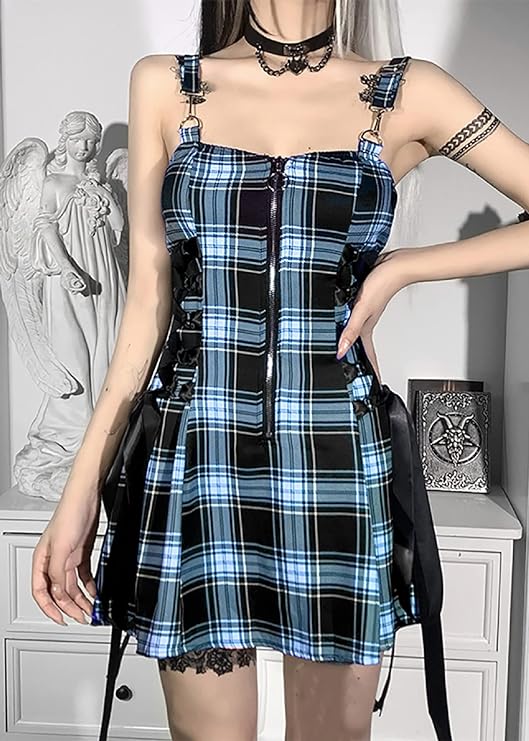
II. The Characteristics of Pastel Goth Clothing
2.1 Soft Pastel Color Palette
One of the defining characteristics of pastel goth clothing is the use of soft pastel colors. These hues include shades of baby pink, lavender, mint green, baby blue, and light yellow. The pastel color palette creates a sense of sweetness, innocence, and whimsy.
2.2 Macabre and Gothic Elements
Pastel goth fashion blends the sweetness of pastel colors with dark and macabre elements. This fusion is achieved through the incorporation of gothic motifs such as skulls, crosses, bats, pentagrams, and occult symbols. These elements add an edge to the overall aesthetic, creating a balance between light and dark.
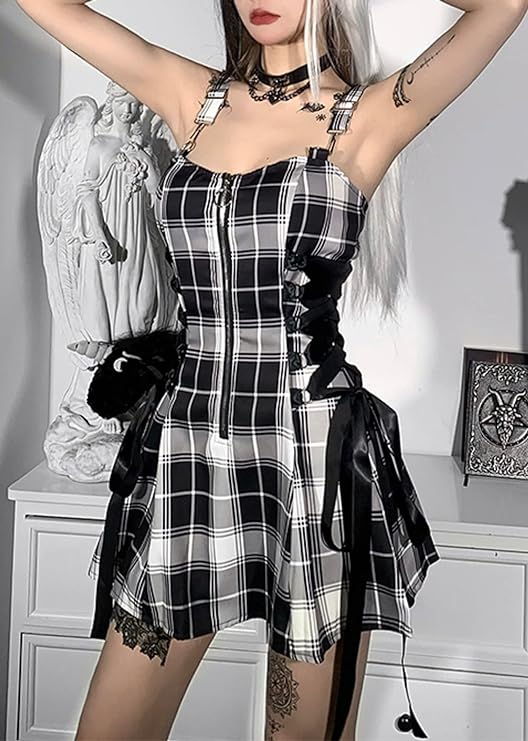
III. Influences and Pop Culture References in Pastel Goth Fashion
3.1 Pop Culture Influence
Pastel goth fashion has been influenced by various aspects of pop culture, particularly the rise of internet subcultures, social media, and alternative music. Online communities and platforms have allowed individuals to share and explore their unique fashion styles, contributing to the spread and popularity of pastel goth fashion.
3.2 Connection to Anime and Alternative Subcultures
Pastel goth fashion also draws influence from alternative subcultures, such as anime, cosplay, and Lolita fashion. These subcultures embrace elements of playfulness, fantasy, and self-expression, providing a rich source of inspiration for pastel goth clothing. Iconic characters and themes from anime and manga often find their way into the designs, creating a unique fusion of pastel colors and alternative aesthetics.
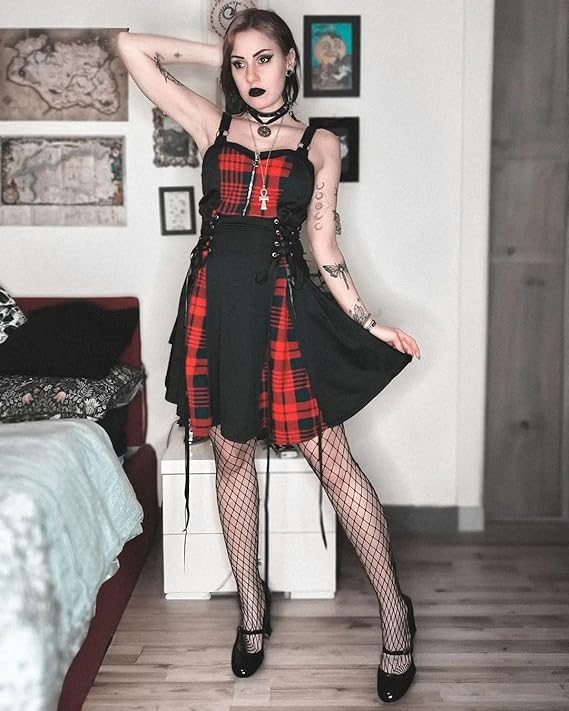
IV. The Significance of Pastel Goth Fashion as a Form of Self-Expression
4.1 Embracing Contrasts and Individuality
Pastel goth fashion allows individuals to embrace contrasting aesthetics and express their individuality. It blurs the boundaries between light and dark, sweetness and darkness, creating a space for self-expression that goes beyond traditional goth fashion. By mixing pastel colors with gothic elements, individuals can create a unique and personalized look that reflects their own style and personality.
4.2 Celebrating Playfulness and Whimsy
Pastel goth fashion celebrates playfulness and whimsy, providing individuals with a medium to explore their childlike imagination and embrace their inner quirks. It challenges the notion that goth fashion has to be strictly dark and serious, allowing individuals to infuse a sense of lightness and joy into their style.
V. Tips for Incorporating Pastel Goth Elements into Everyday Attire
5.1 Layering Pastels with Dark Colors
One way to incorporate pastel goth elements into everyday attire is by layering pastel colors with darker shades. Pairing a pastel top with black pants or accessorizing with dark accessories creates a striking contrast and adds a touch of the pastel goth aesthetic.
5.2 Mix and Match Accessories
Accessories play a crucial role in pastel goth fashion. Mixing and matching pastel accessories with darker or gothic-inspired pieces can instantly transform an outfit. Pastel hair accessories, chokers, statement jewelry, and socks with contrasting colors can add an element of whimsy and playfulness to the overall look.
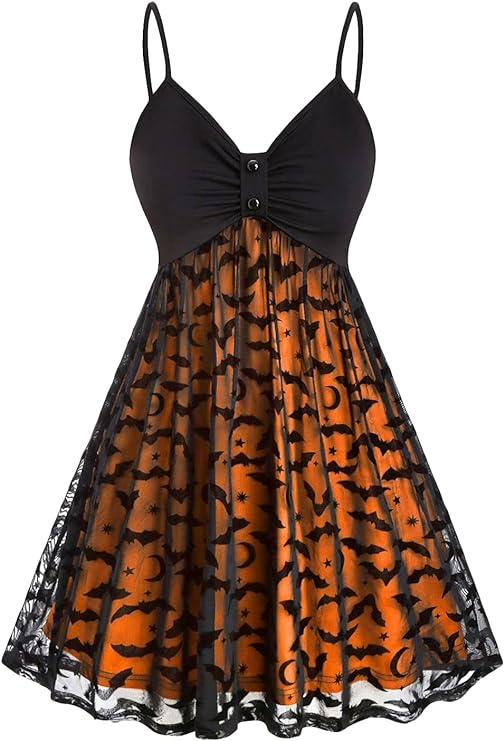
VI. The Future of Pastel Goth Fashion
6.1 Expanding Boundaries and Multidimensionality
As pastel goth fashion continues to evolve, it will likely expand its boundaries and incorporate elements from other fashion styles and subcultures. This multidimensionality will enable individuals to embrace a broader range of aesthetics and personal styles while still maintaining the core essence of pastel goth fashion.
6.2 Embracing Sustainability and Ethical Practices
The future of pastel goth fashion lies in embracing sustainability and ethical practices. As fashion becomes more conscious of its environmental impact. Pastel goth brands and enthusiasts are exploring ways to incorporate sustainable materials, ethical manufacturing processes, and a slower and more intentional approach to design.
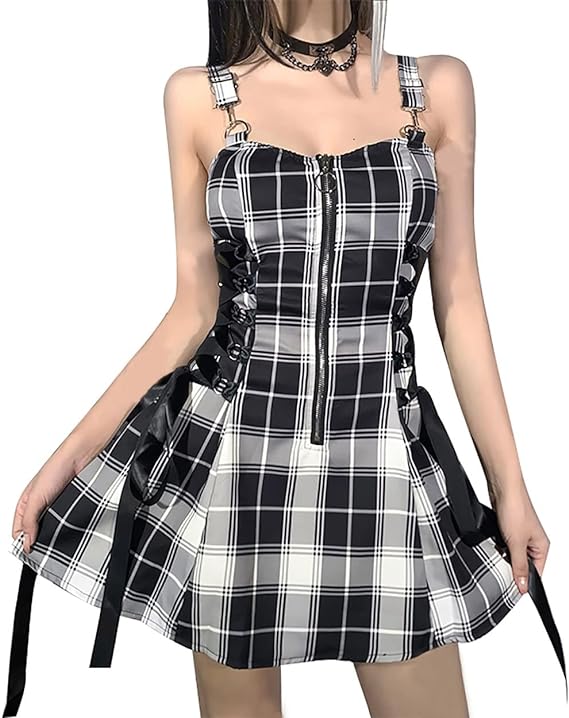
In conclusion, pastel goth clothing combines the sweetness and innocence of pastel colors with dark and macabre elements. With its origins in the late 2000s and influences from Kawaii fashion and alternative subcultures. Pastel goth fashion provides a unique form of self-expression. It celebrates contrasts, individuality, and playfulness while challenging traditional notions of goth fashion. As individuals incorporate pastel goth elements into their everyday attire. They can embrace whimsy and lightness, creating a harmonious fusion of sweetness and darkness. The future of pastel goth fashion lies in its ability to embrace multidimensionality, expand boundaries, and prioritize sustainability and ethical practices.
